Popular Japanese Kanji Meanings & Stroke Count List
What’s Your Favorite Kanji?
-60 Characters with Meaning & Stroke Count-
Kanji for Love, Dragon, Wind & More
We’ve put together a list of 60 iconic Japanese kanji, each accompanied by its meaning and stroke count. From “Love” (愛), “Dragon” (龍), and “Wind” (風) to “Way/Path” (道), the gallery features characters cherished worldwide—hand-picked from the most requested symbols at Shodocafe7557, our calligraphy café in Roppongi.
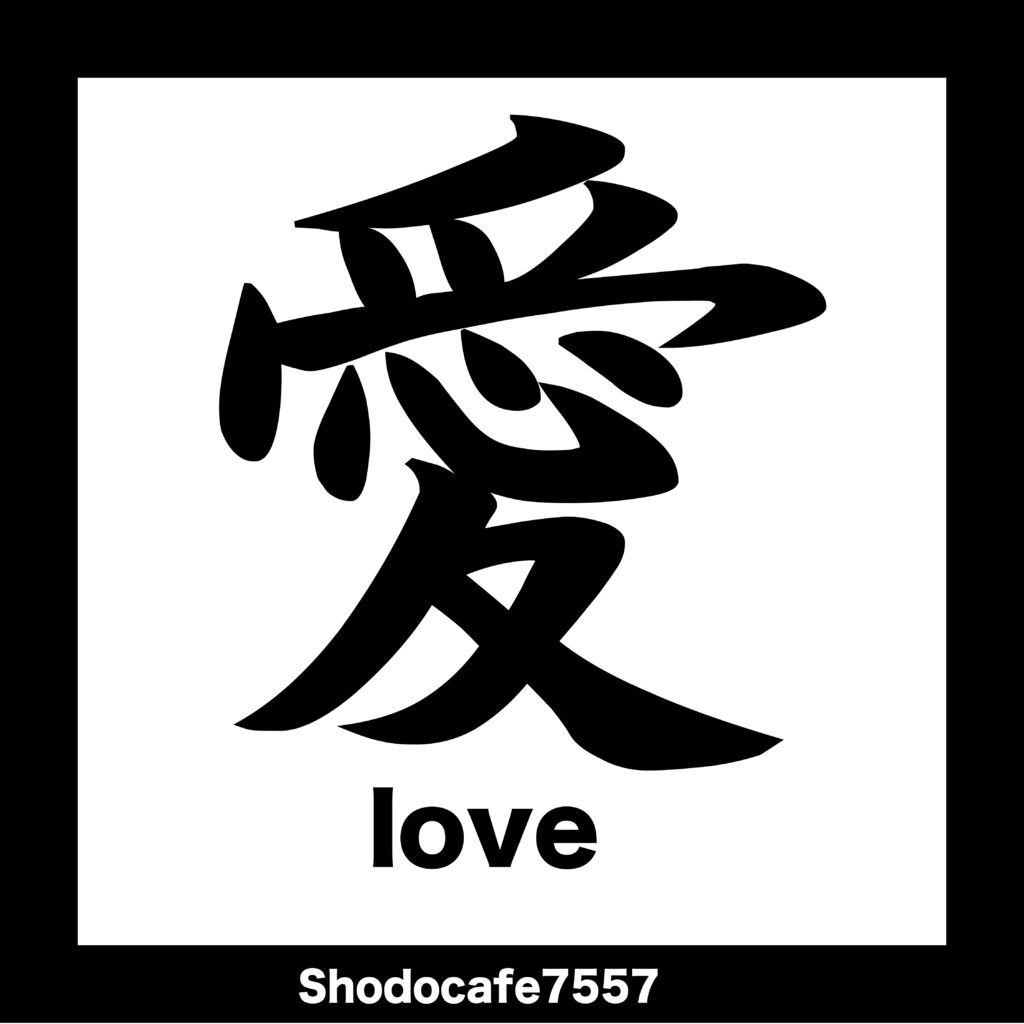
愛=Love
愛 / Love — 13 strokes
語源 / Etymology
「心」を受け皿で包む象形から生まれ、“大切に抱く”姿を表します。
The pictograph shows a heart embraced in a vessel, symbolising cherishing and affection.
読み / Pronunciation
訓: 愛 (ai) | 音: アイ (ai)
日常用例 / Everyday Usage
恋愛 = romantic love / “愛をこめて” = with love
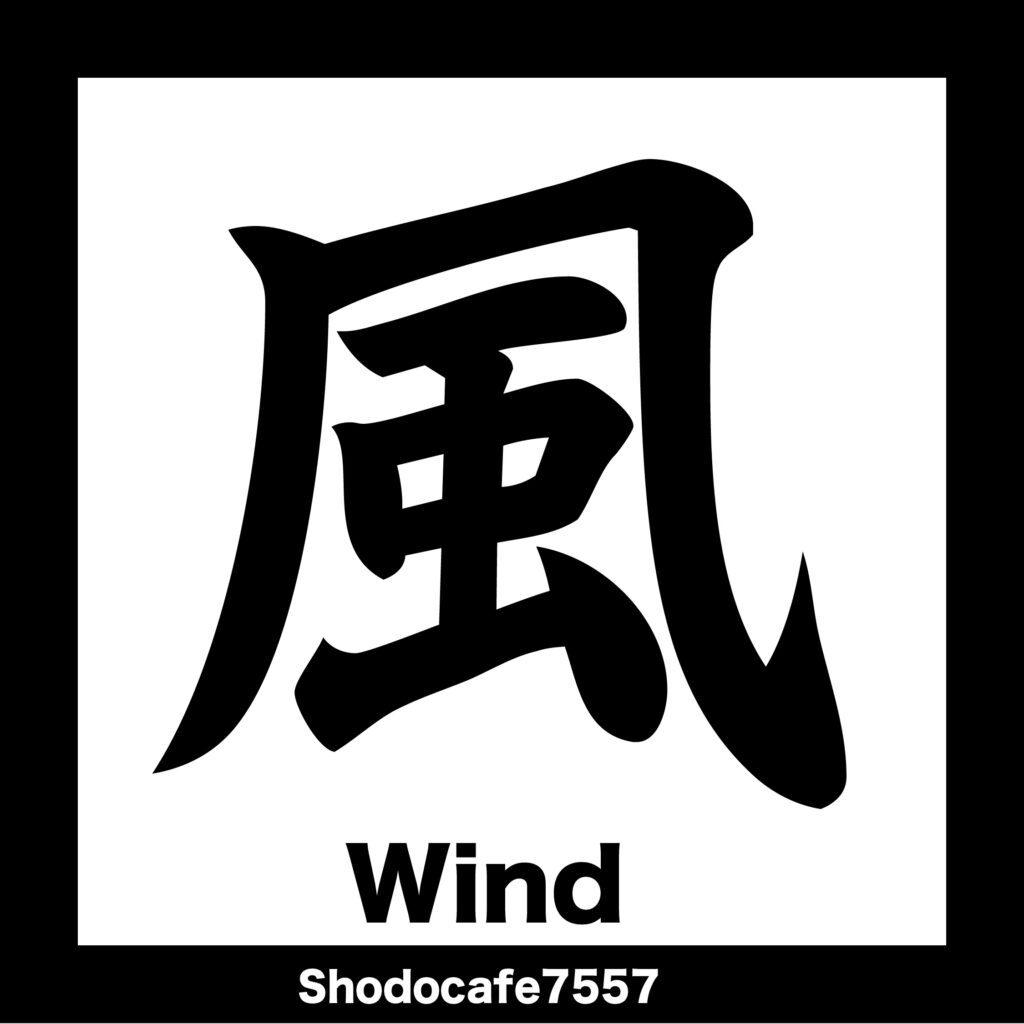
風=Wind
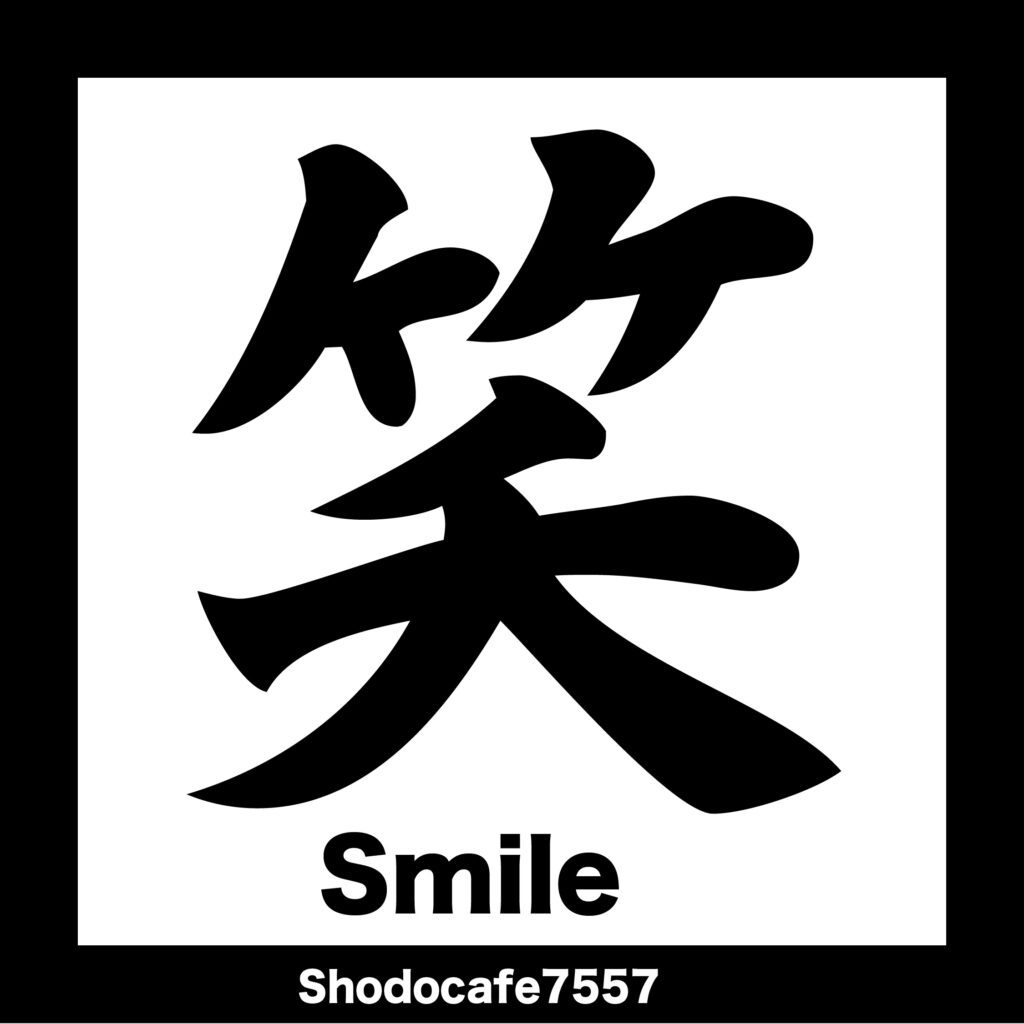
笑=Smile
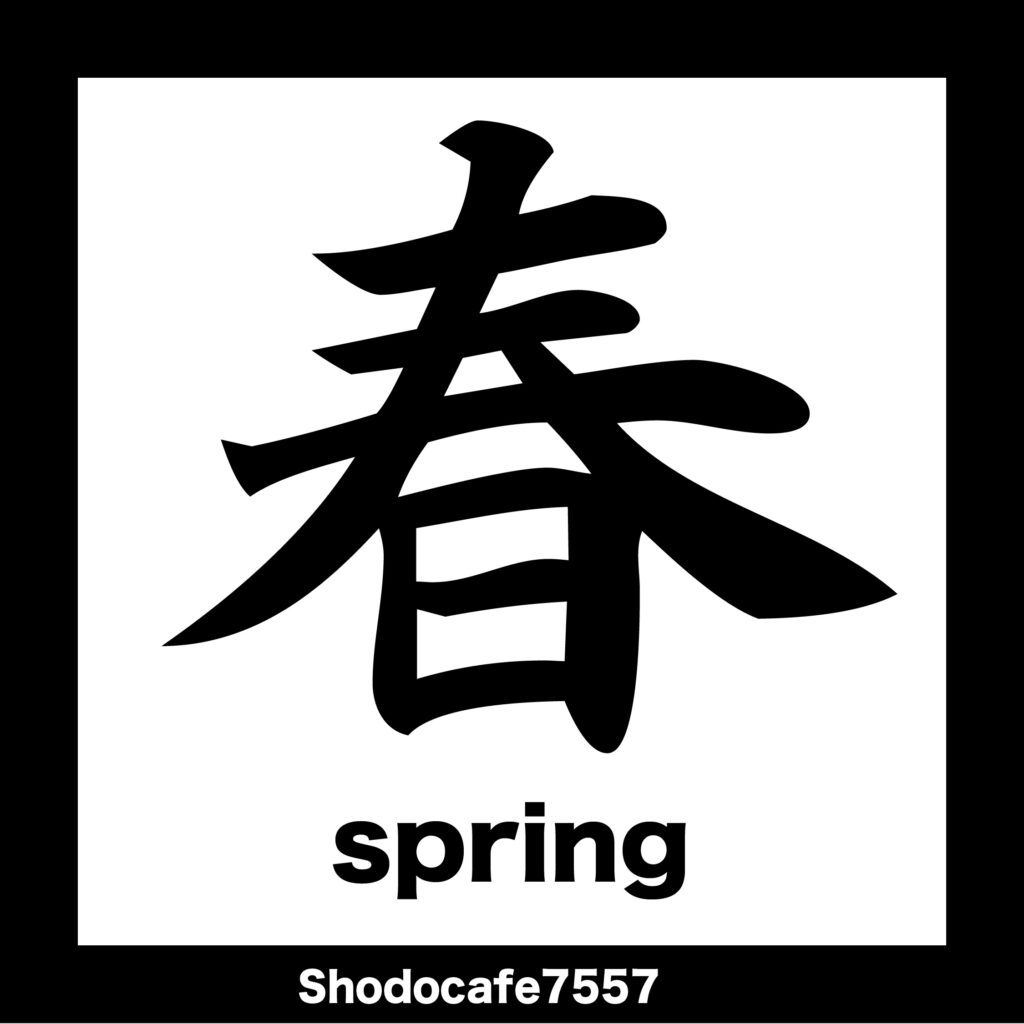
春=Spring
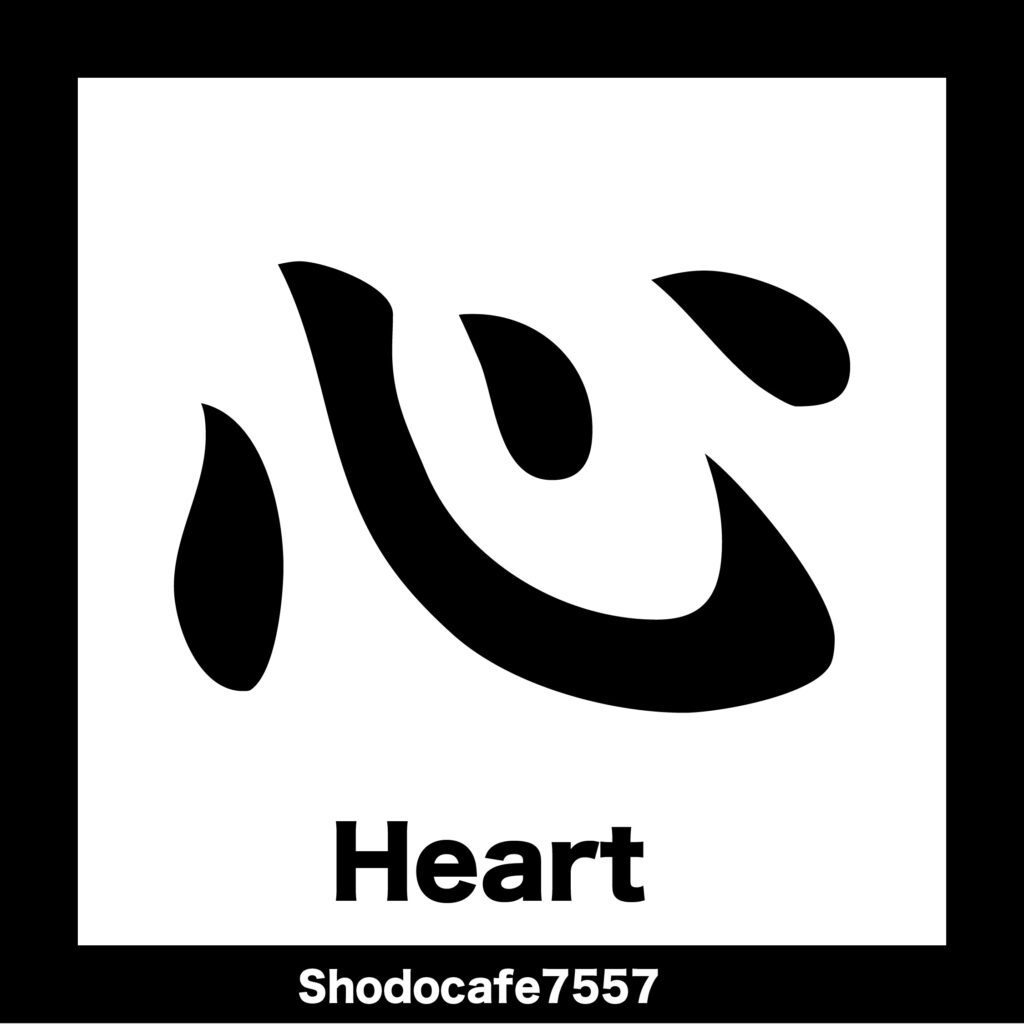
心=Heart
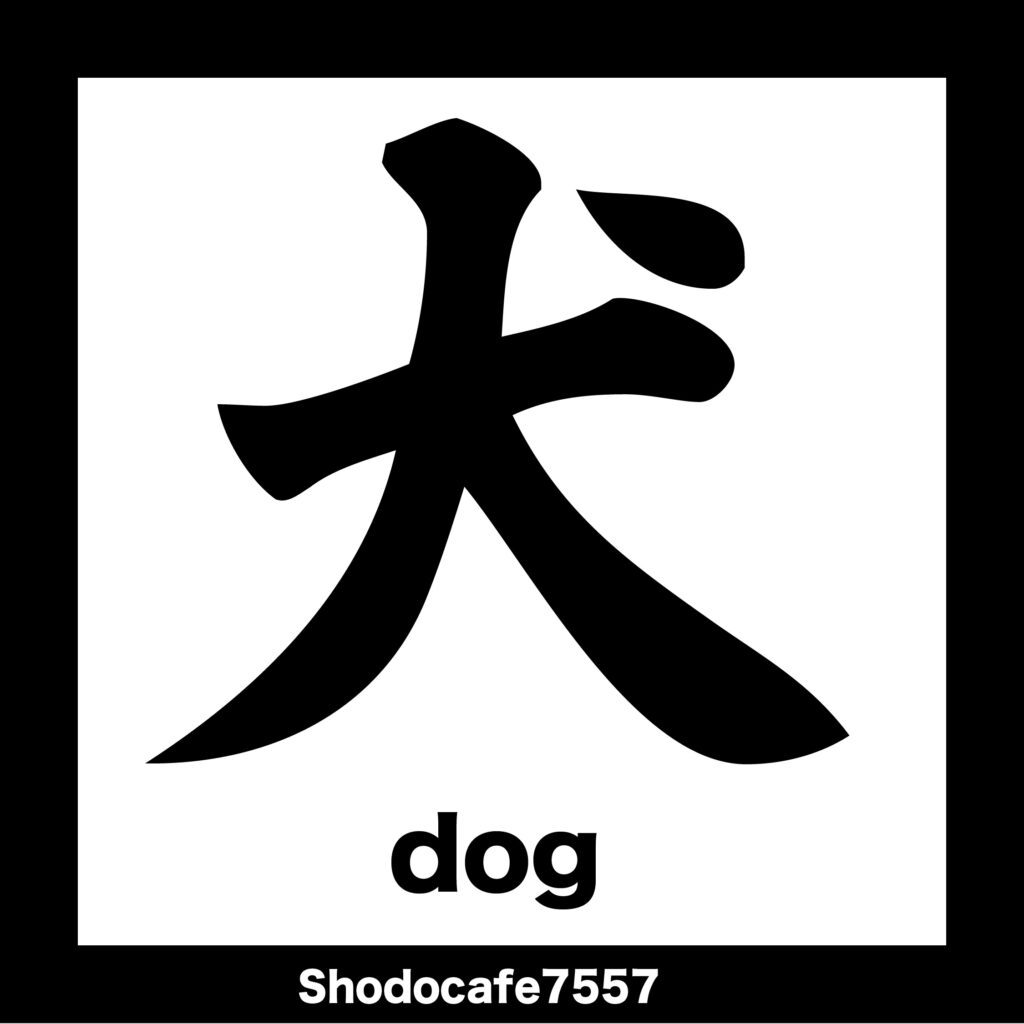
犬=dog
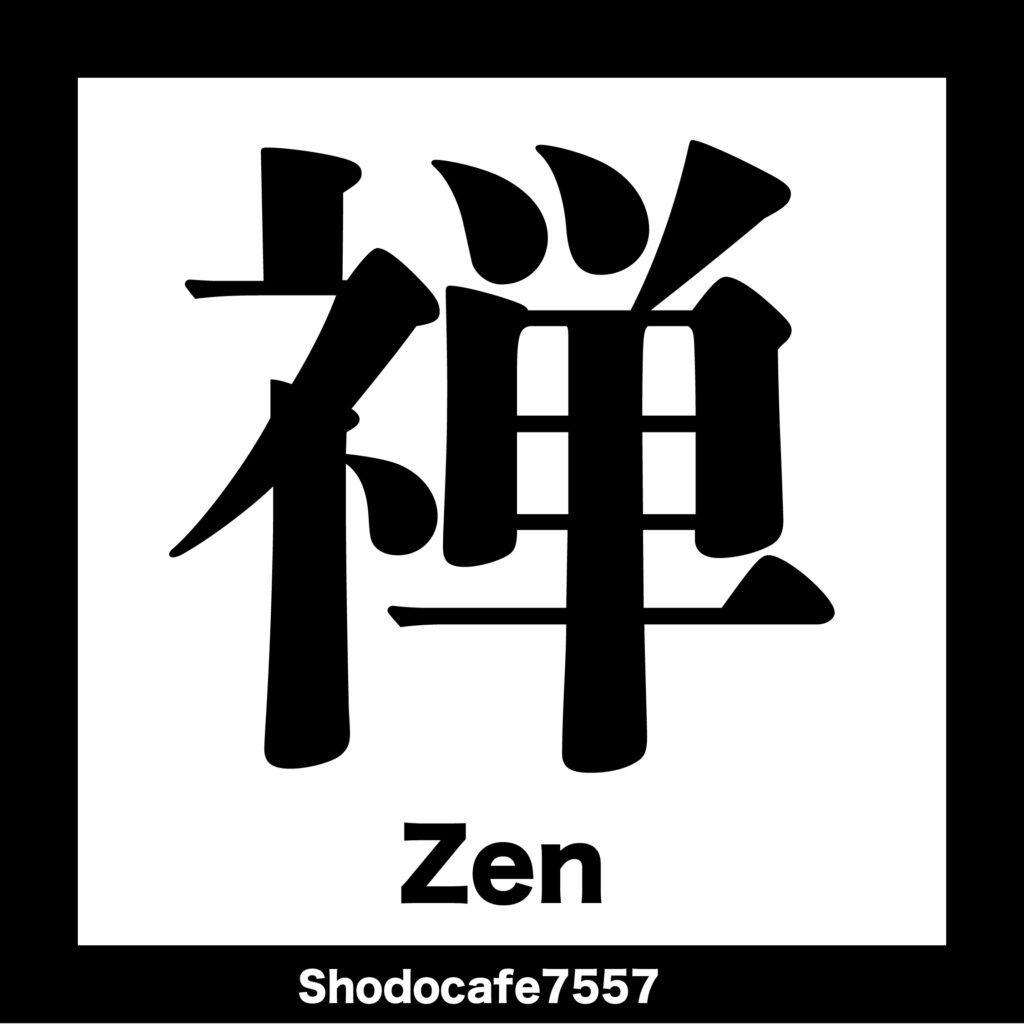
禅=Zen
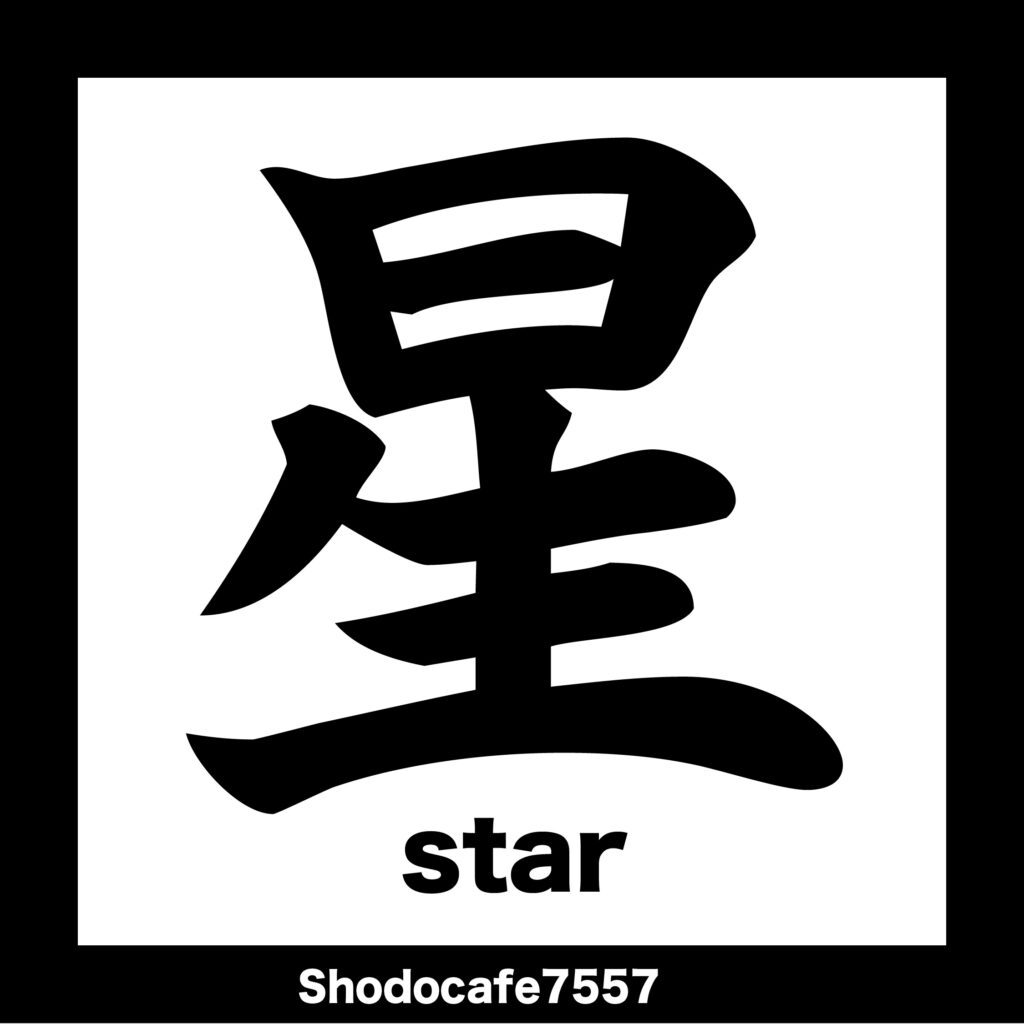
星=Ster
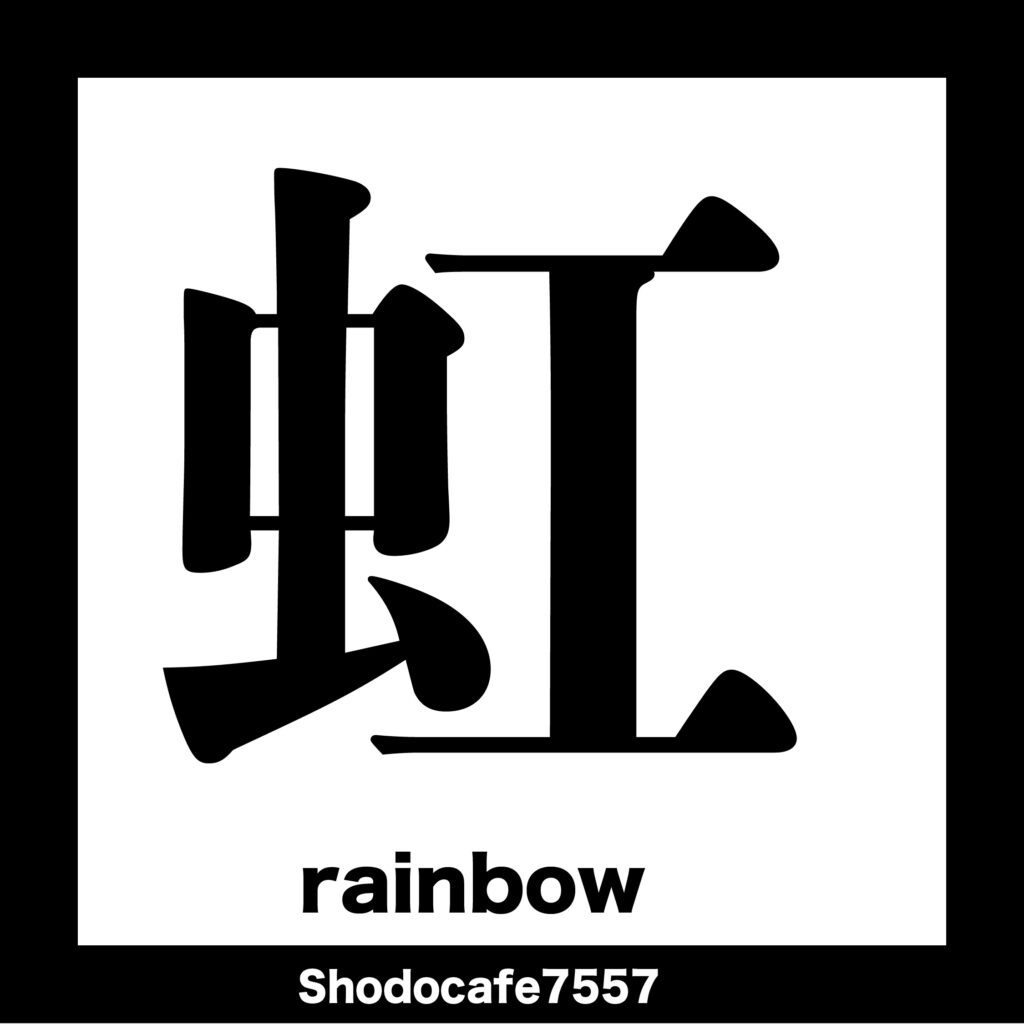
虹=Rainbow
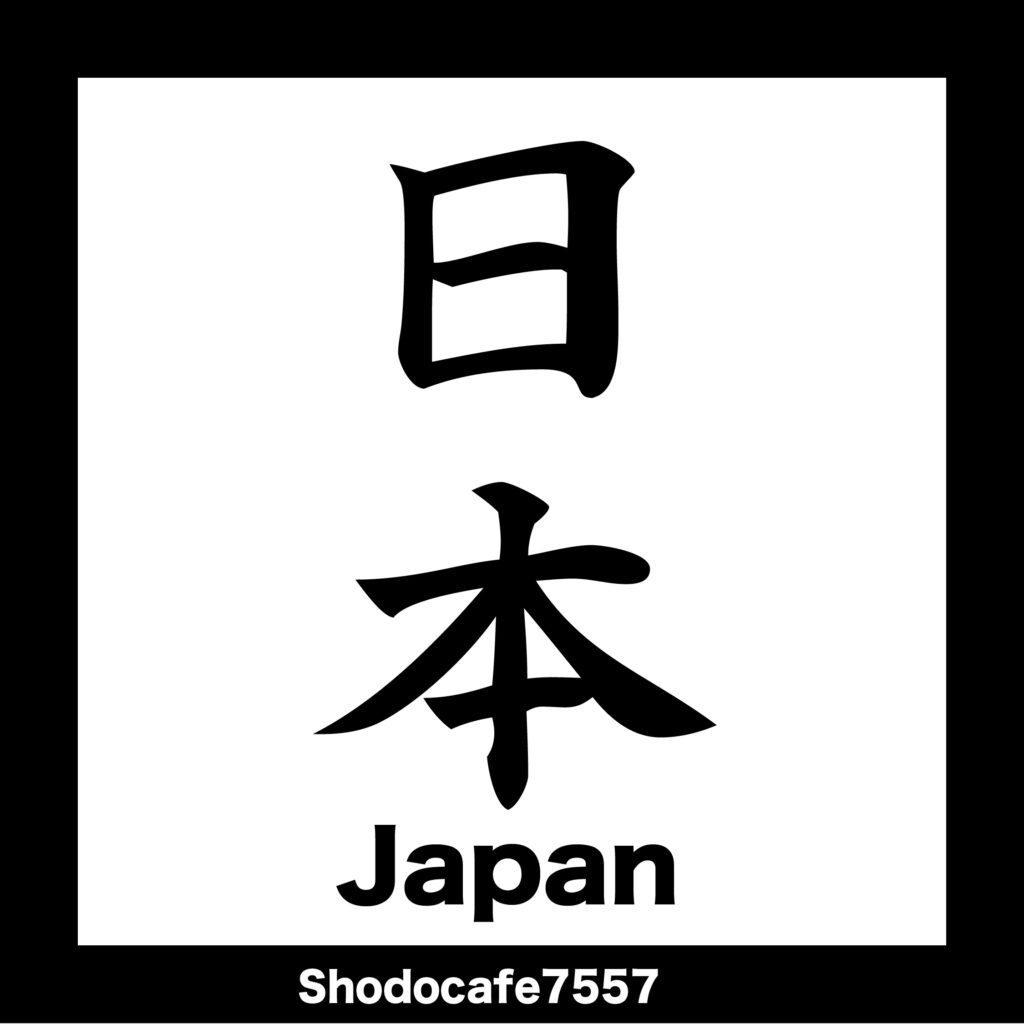
日本=Japan

勇気=Courage

忍者=Ninja

夏=Summer

翼=Wings

雪=Snow

炎=Flame

葉=Leaf

栄=Prosperity

静=Calm

行=Go

一期一会=Once-in-a-lifetime chance
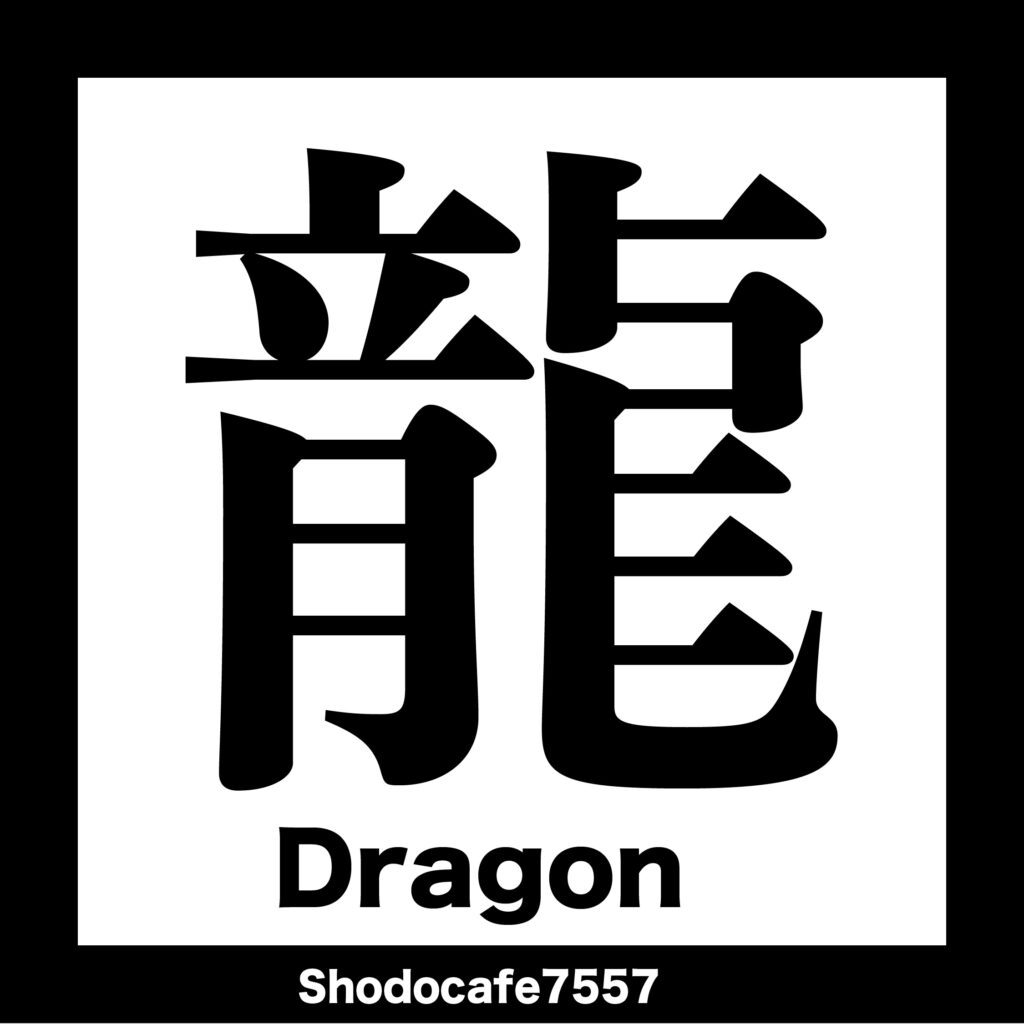
龍=Dragon
龍 / Dragon — 16 strokes
語源 / Etymology
雲を呼び雨を司る伝説の生き物“龍”の全身を描いた字形。
The full-bodied image of a mythic rain-bringing dragon.
読み / Pronunciation
訓: — | 音: リュウ (ryū) / ロン (ron)
日常用例 / Everyday Usage
龍神 = dragon deity / 龍宮城 = Dragon Palace
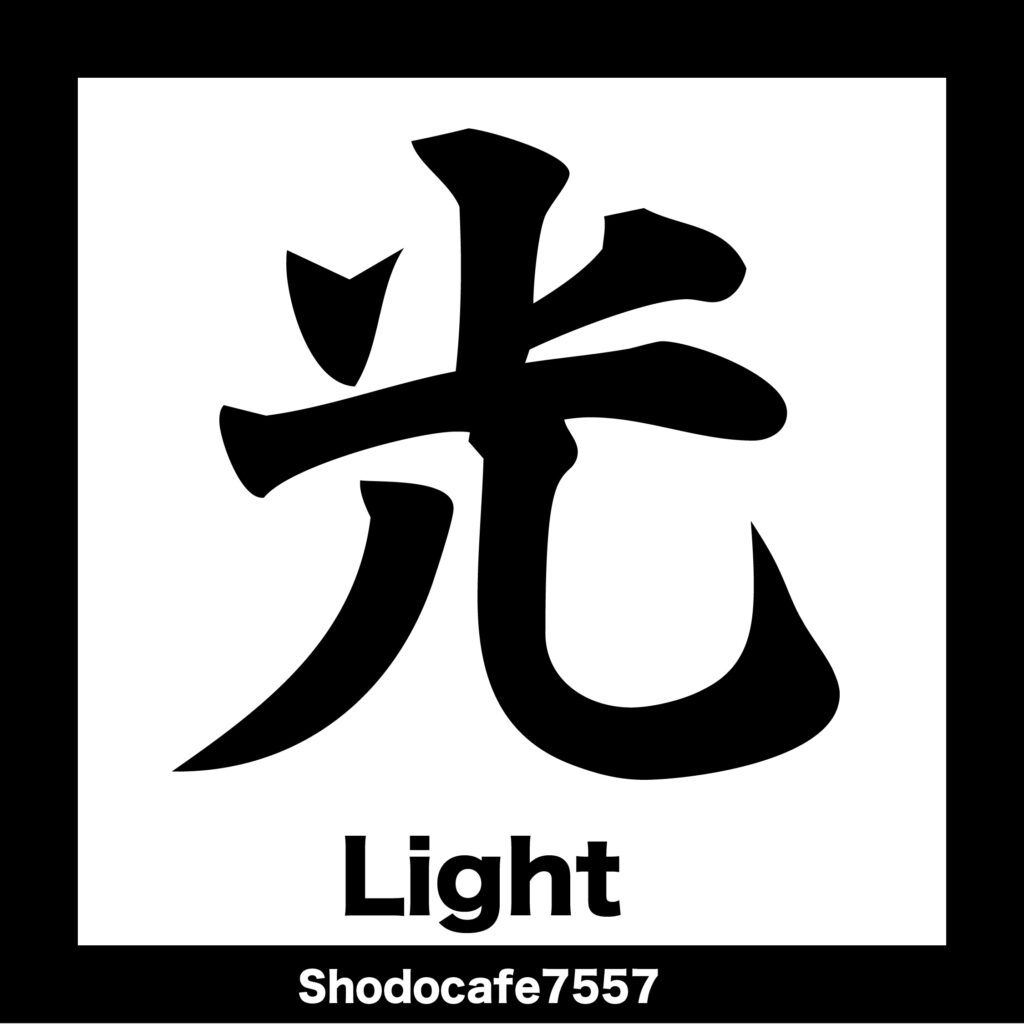
光=Light
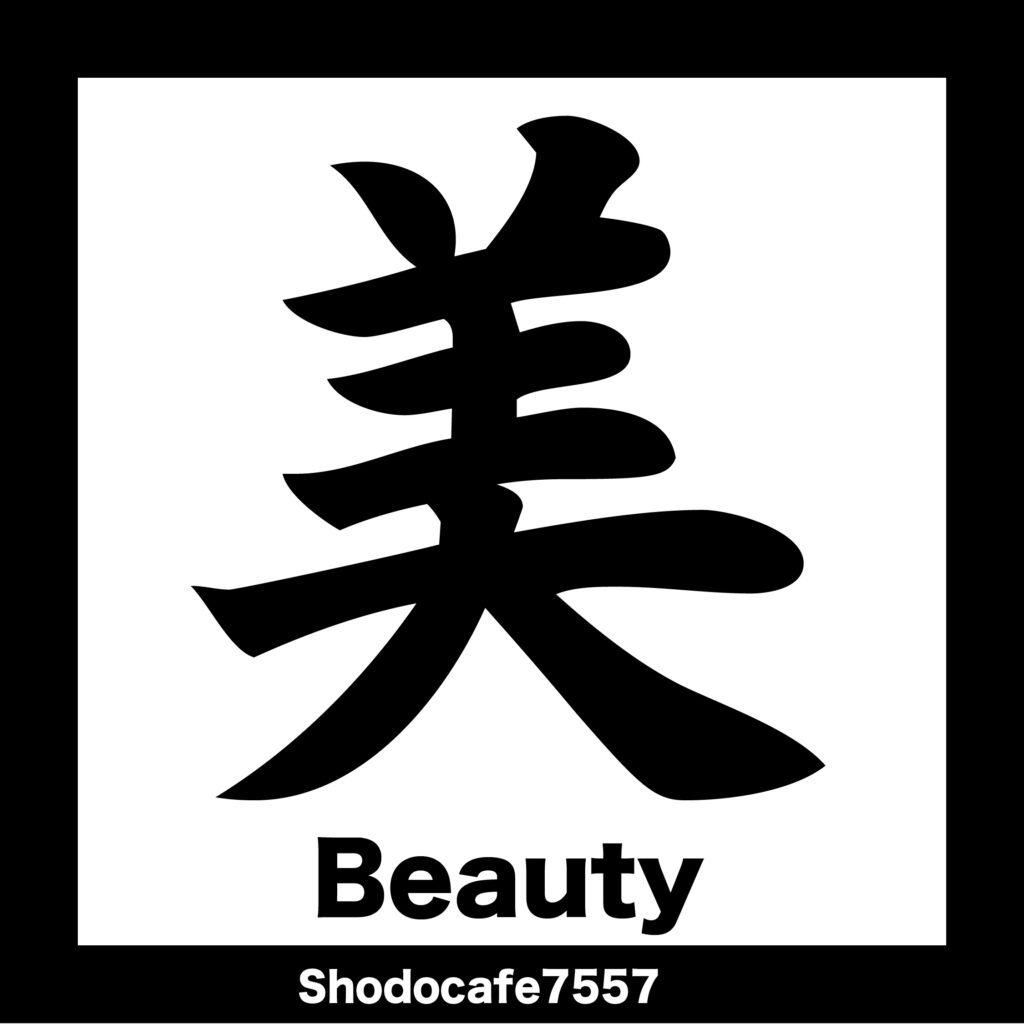
美=Beauty
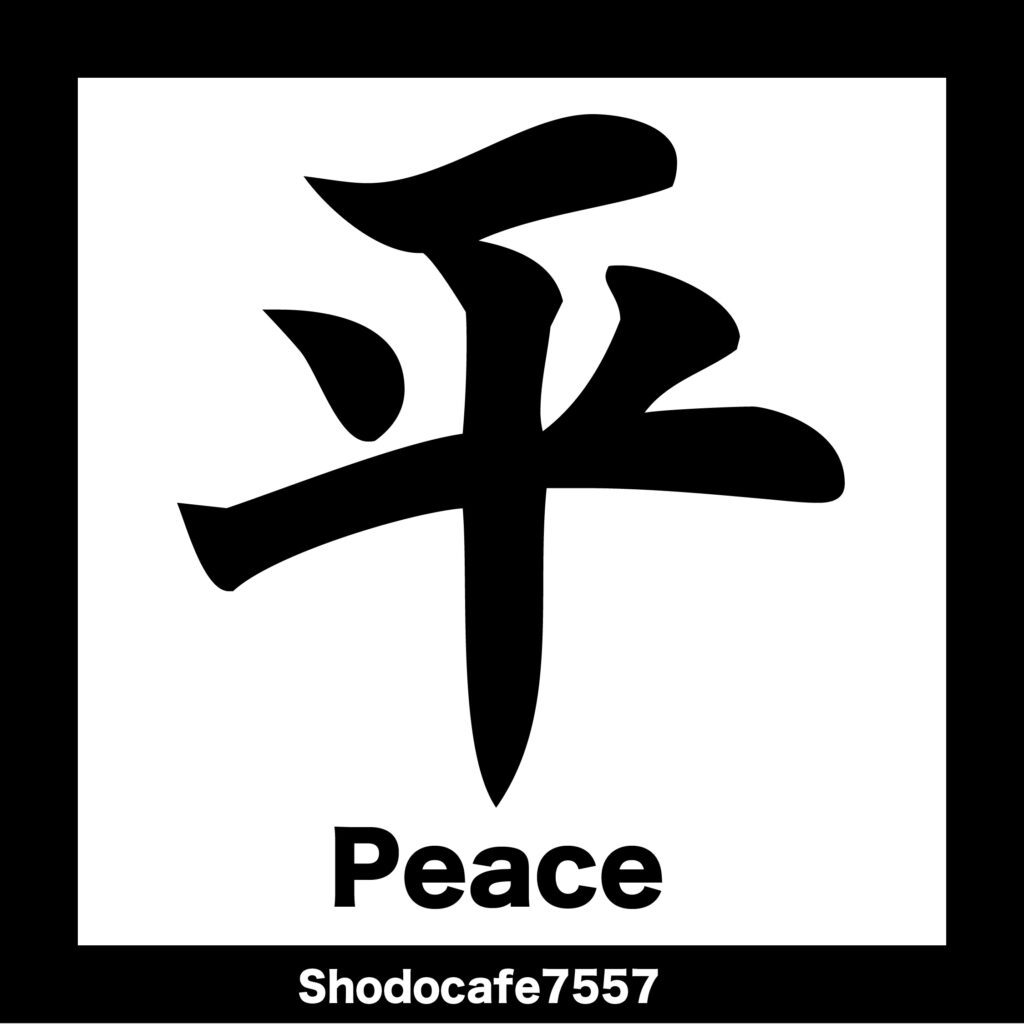
和=Peace
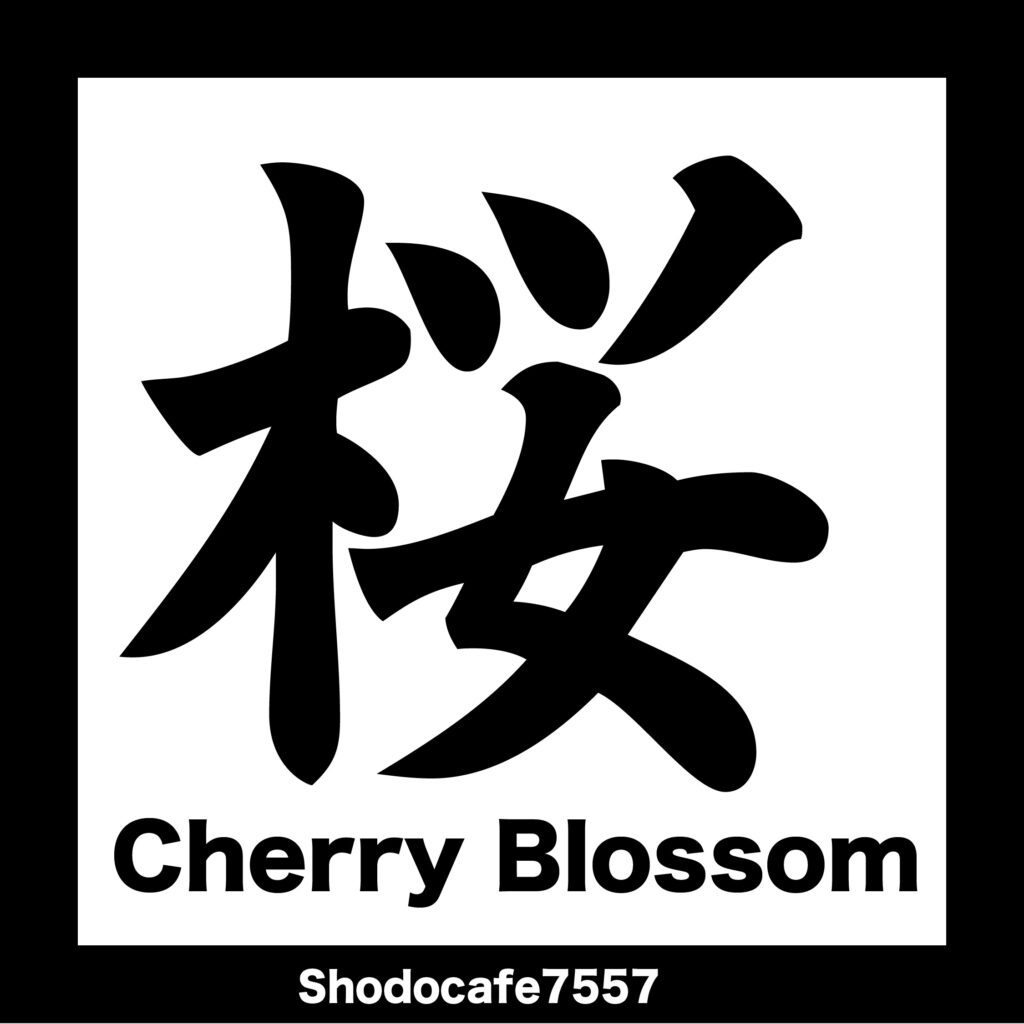
桜=CherryBlossom
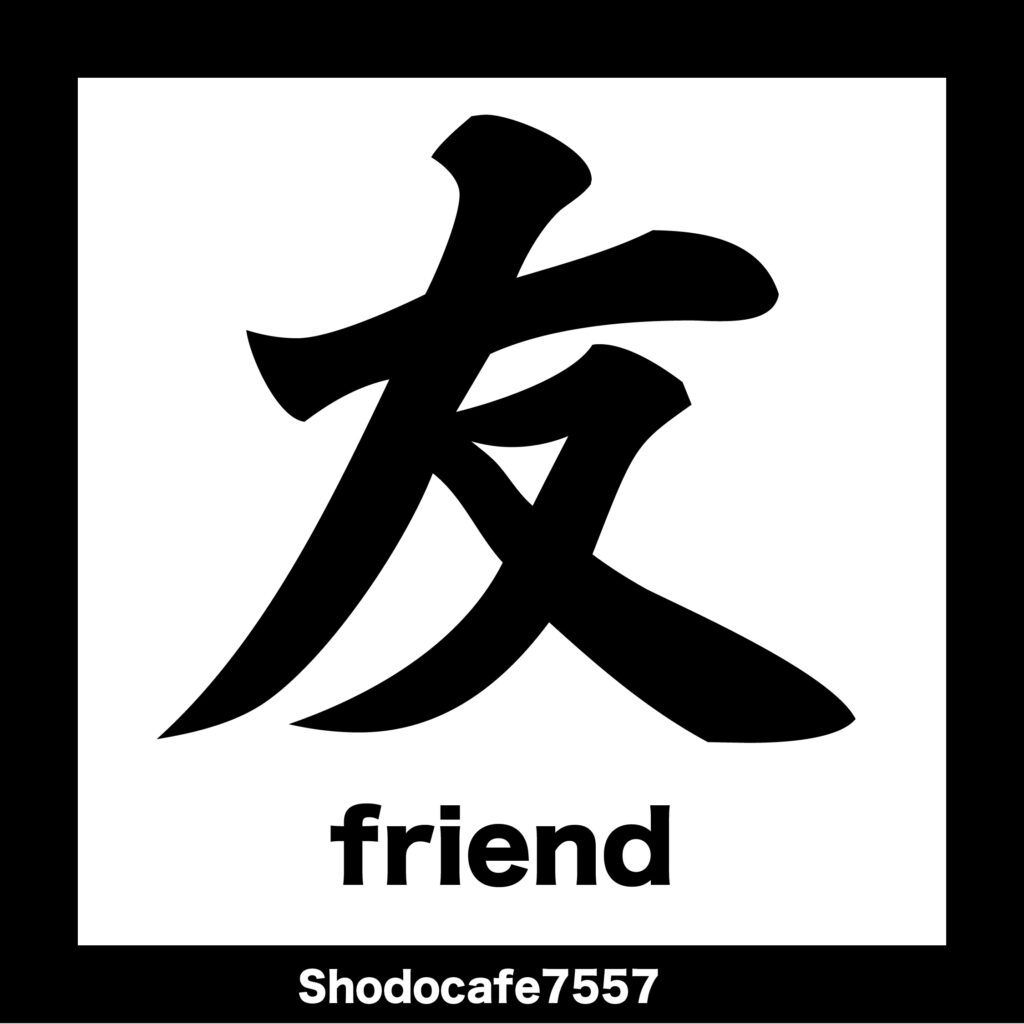
友=Friend
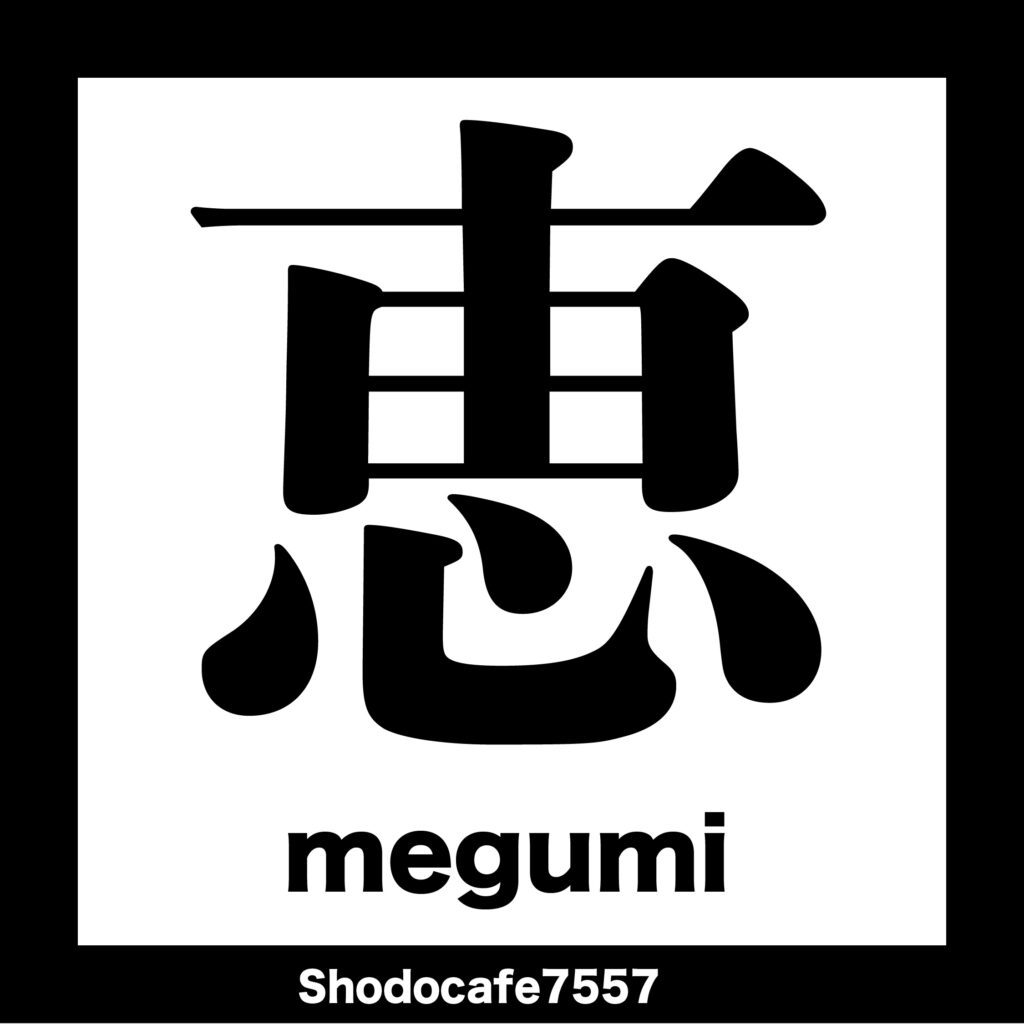
恵=Megumi
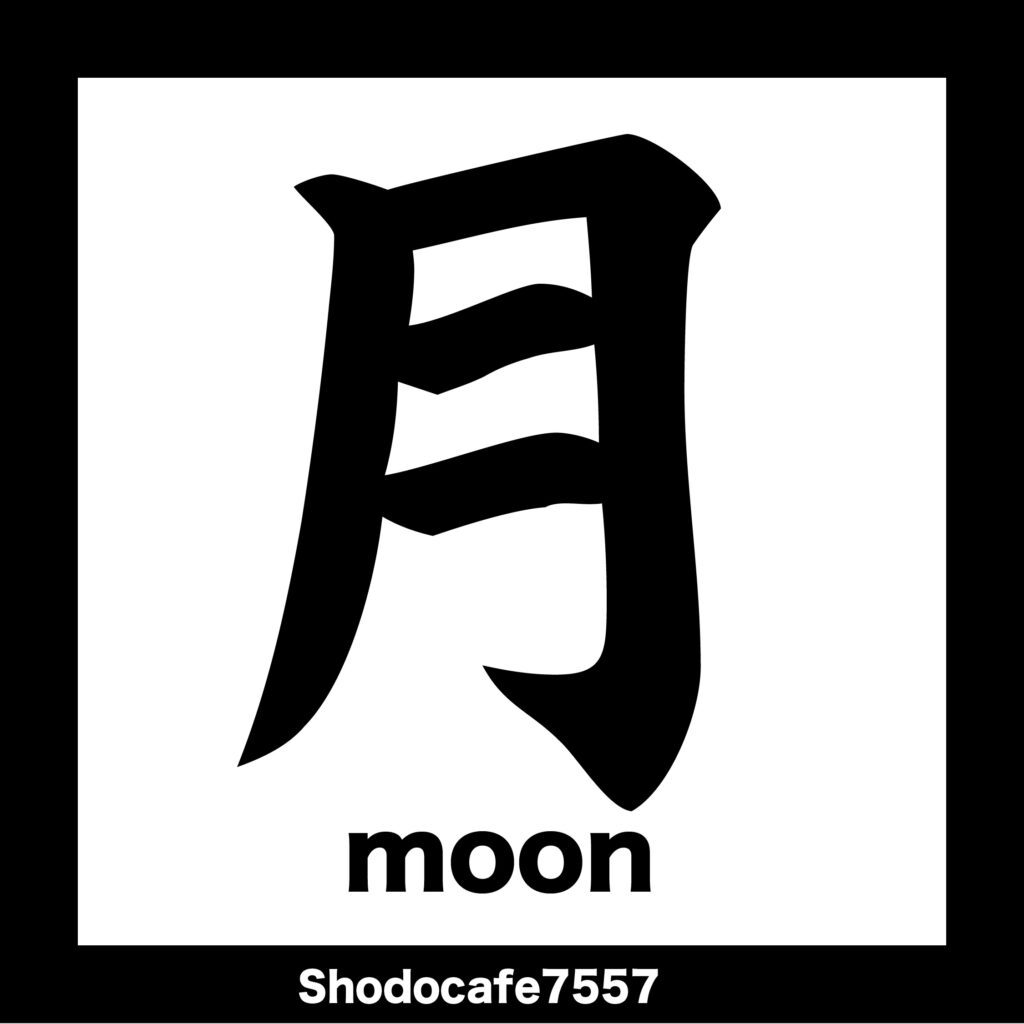
月=Moon

猫=Cat
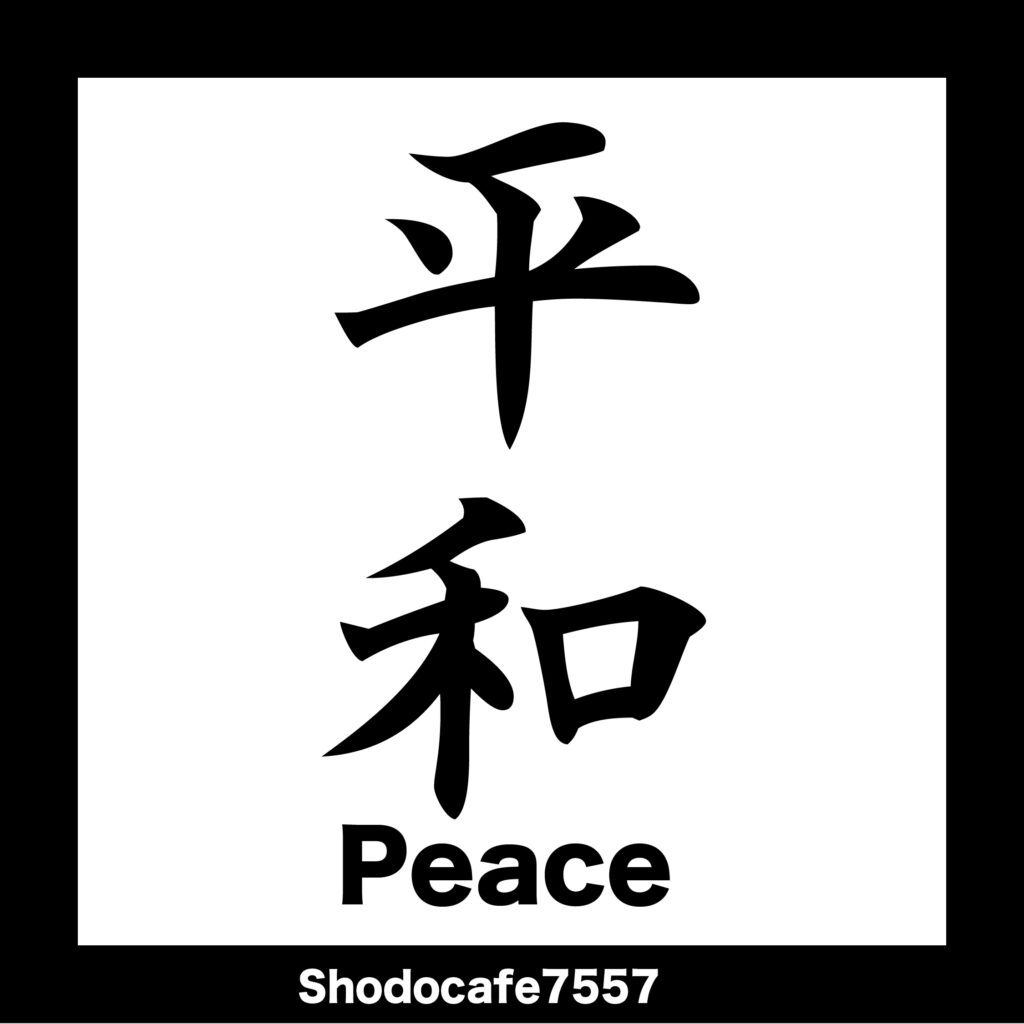
和=Peace

幸=Happiness

希望=Hope

武士=Samurai

秋=Autumn

太陽=Sun

土=Soil

森=Forest

水=Water

創=Creativity

慈=Mercy

馬=Horse

感謝=Gratitude
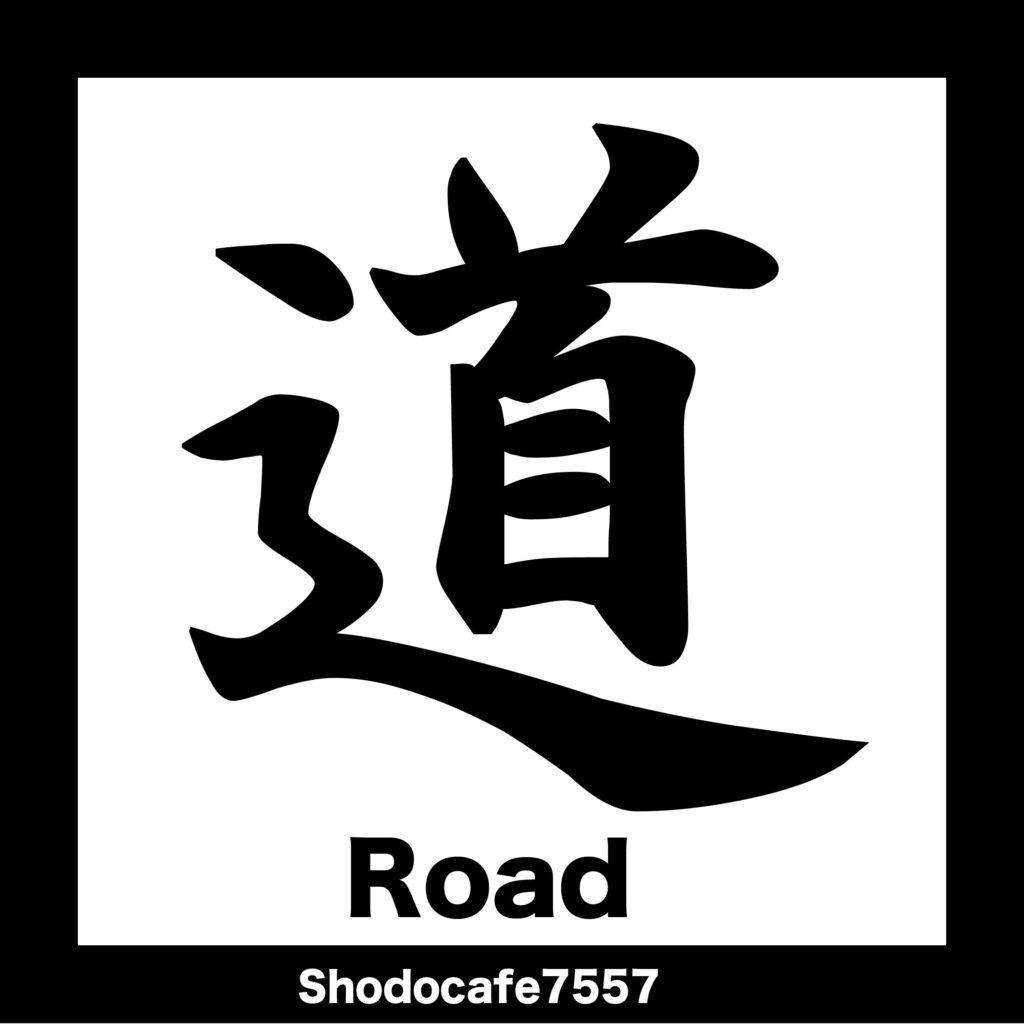
道=Road
道 / Path — 12 strokes
語源
首(足跡)+辶(進む) → 進むべき道。
Footprints + movement radical → road to follow.
読み
訓: 道 | 音: ドウ (dō)
用例
剣道 = kendo / 道徳 = morality
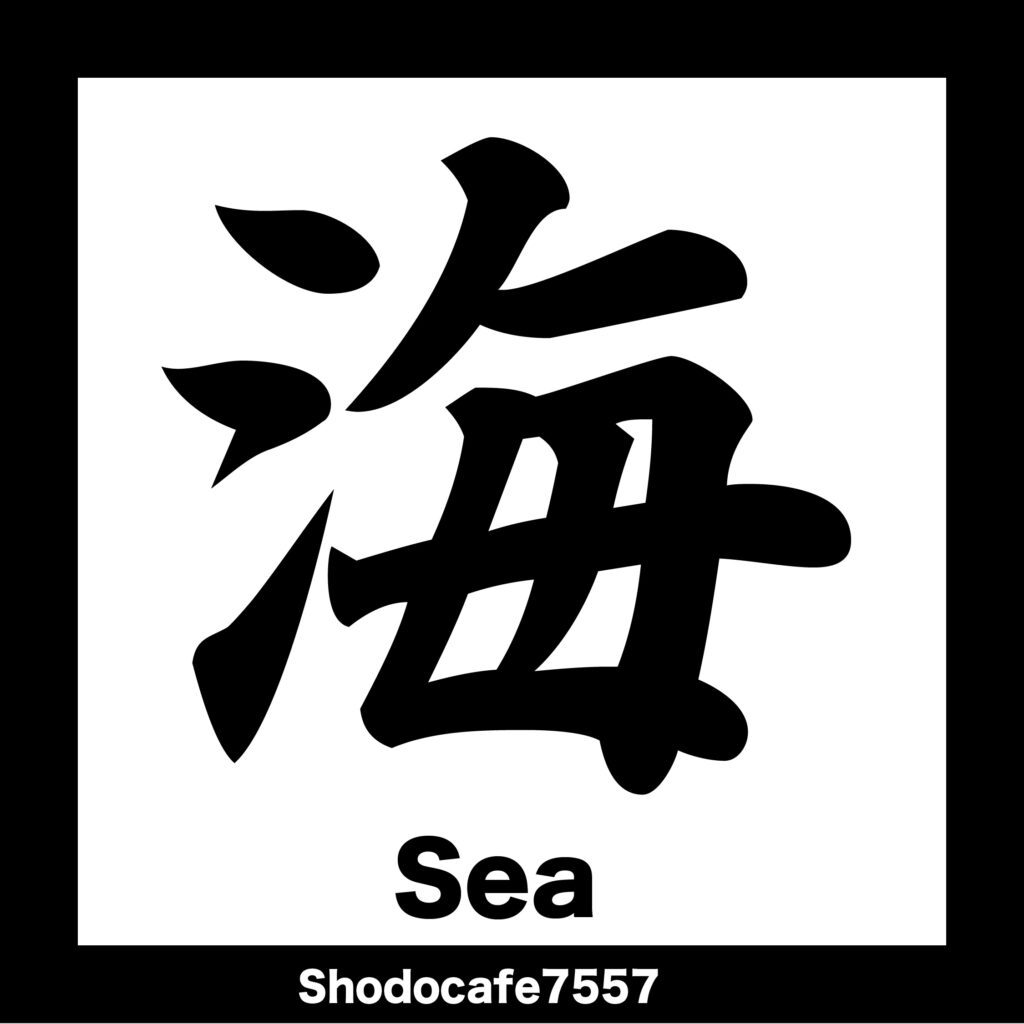
海=Sea
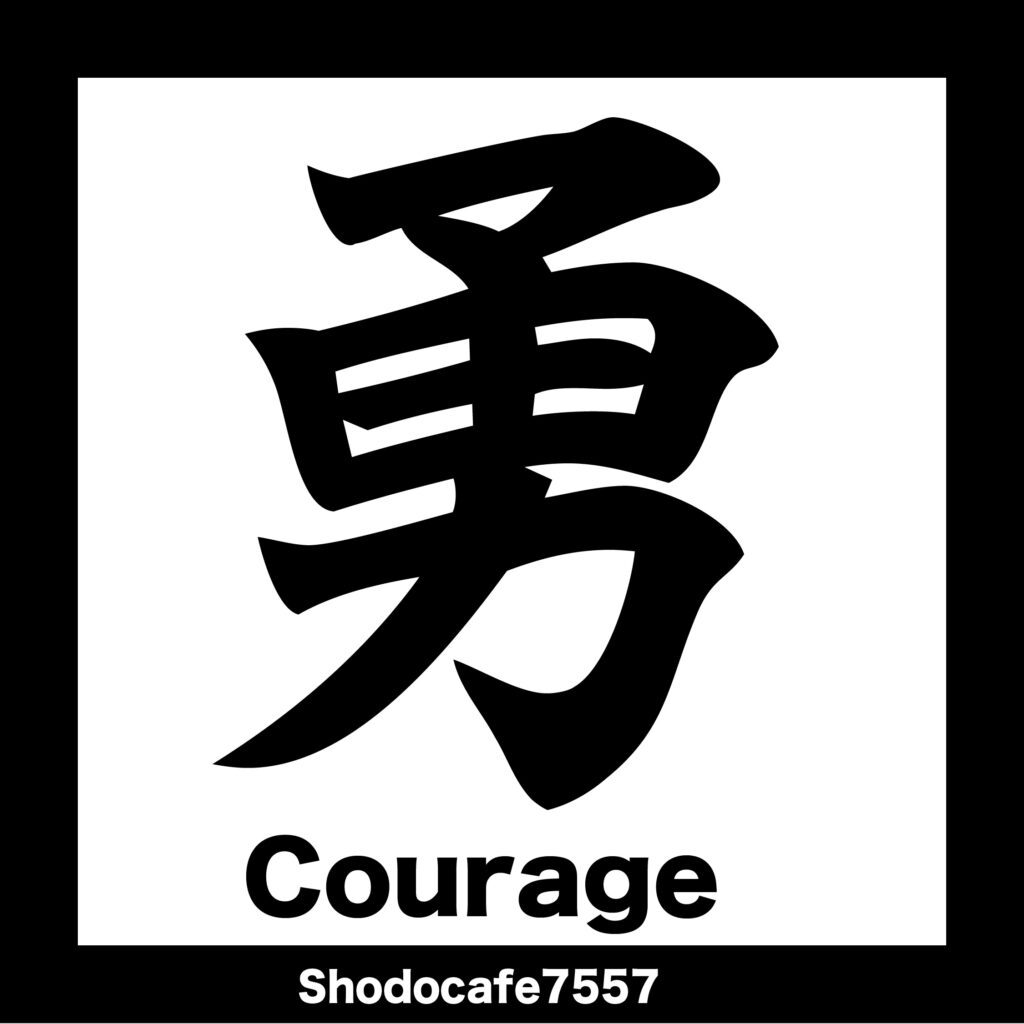
勇=Courage
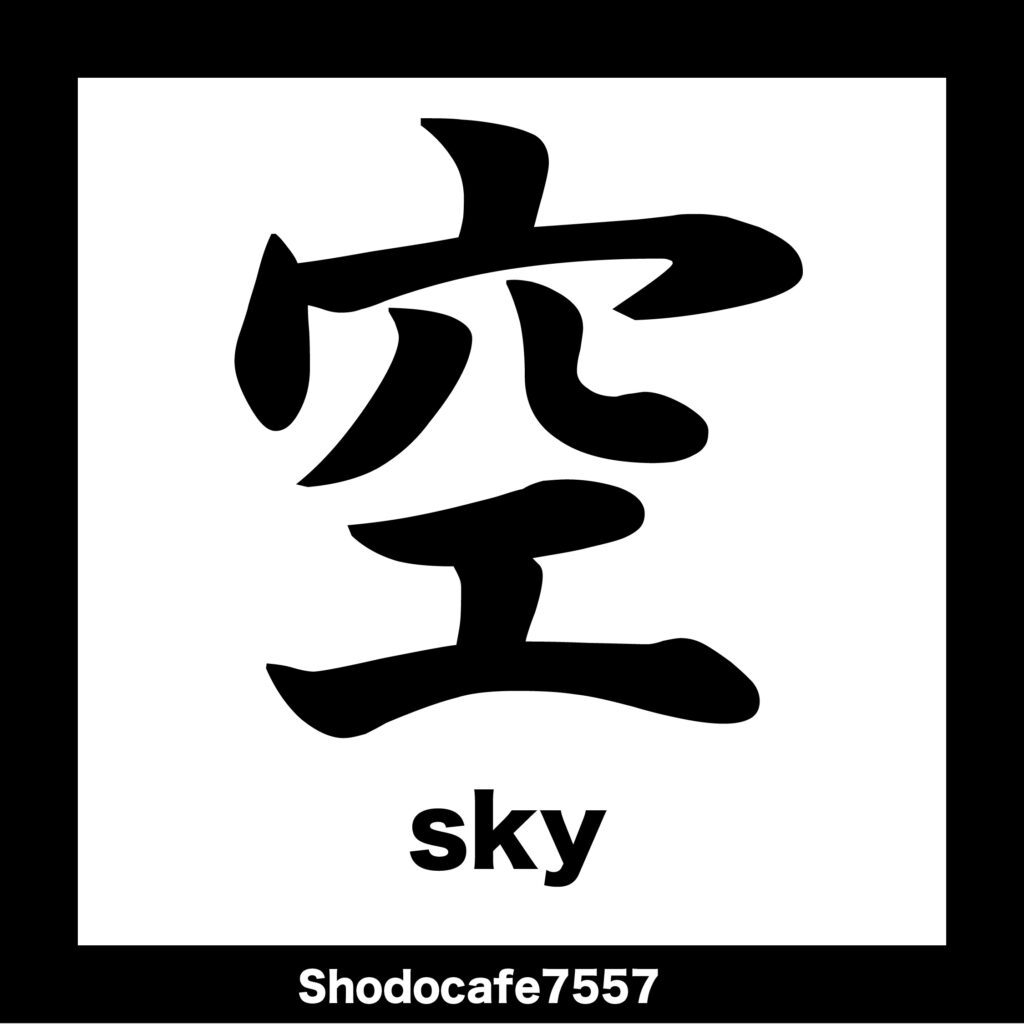
空=Sky
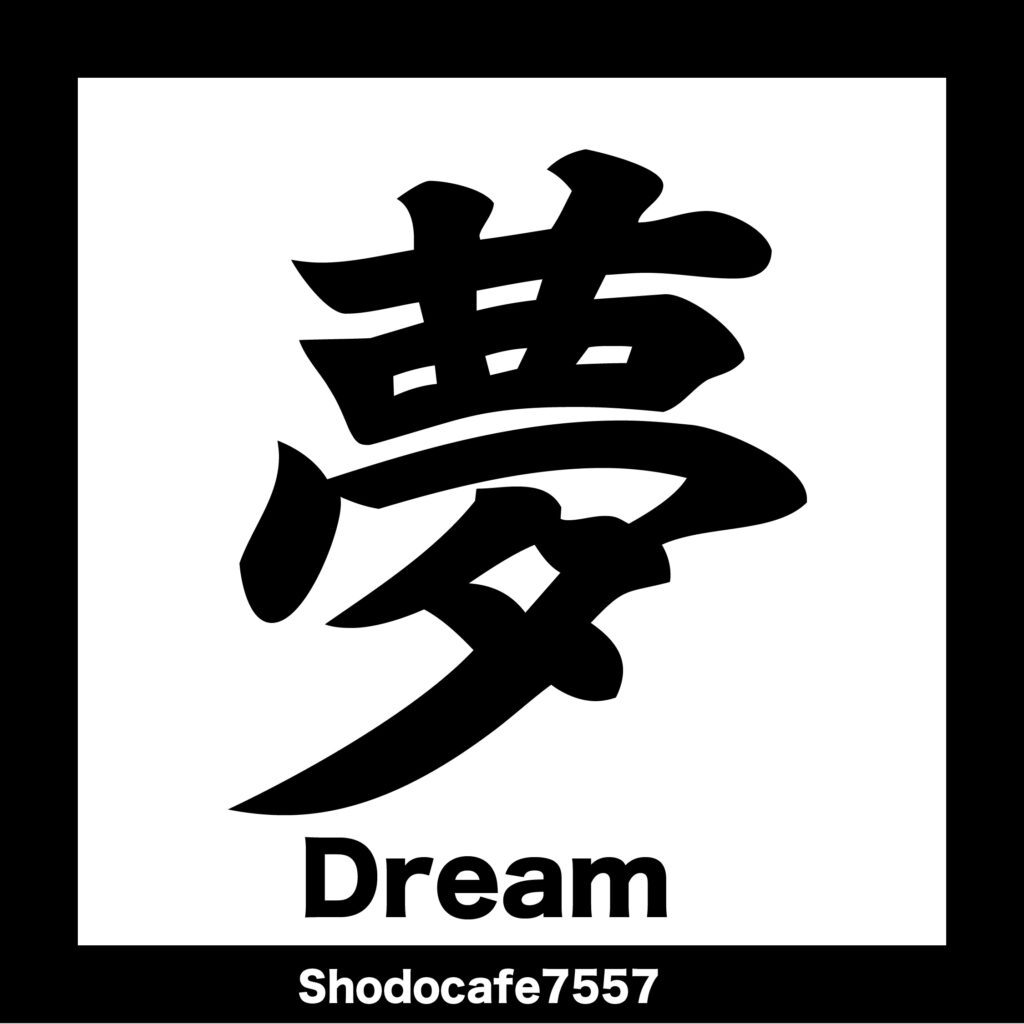
夢=Dream
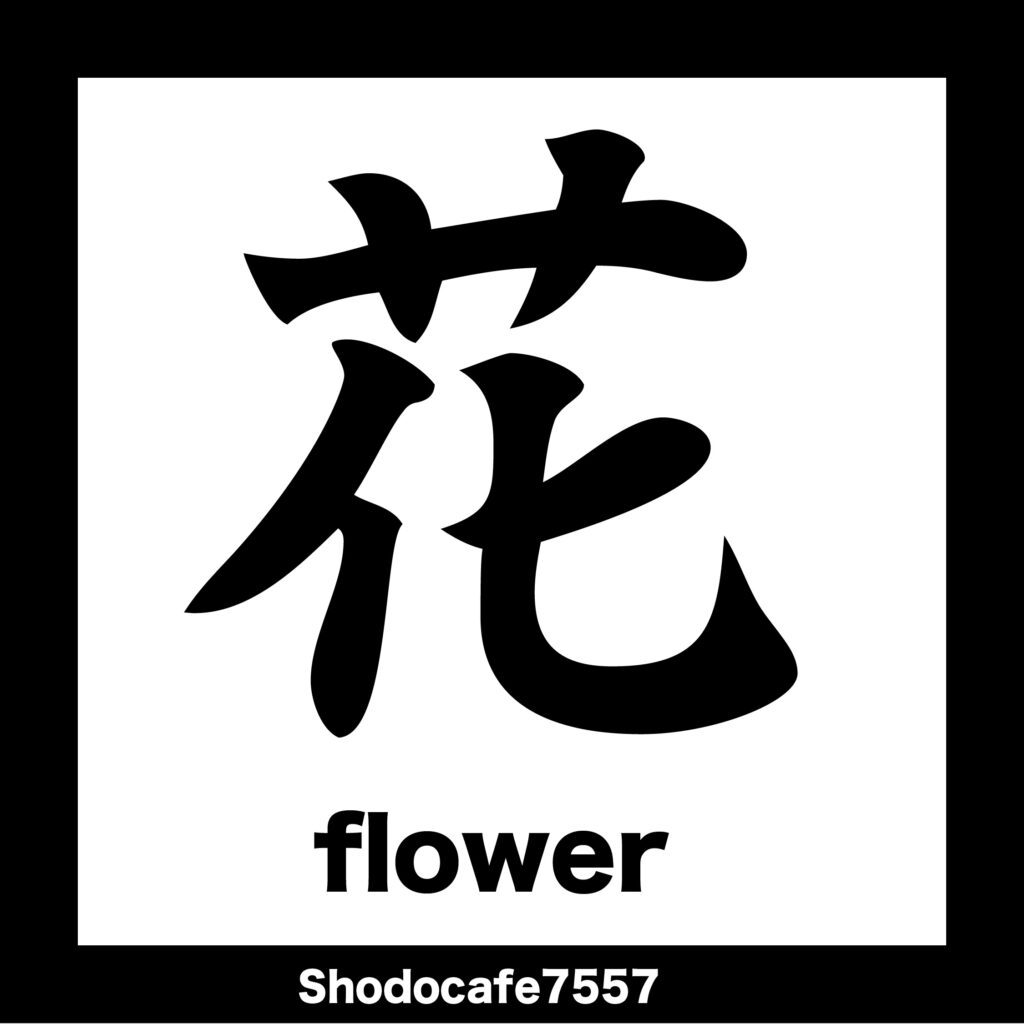
花=Flower
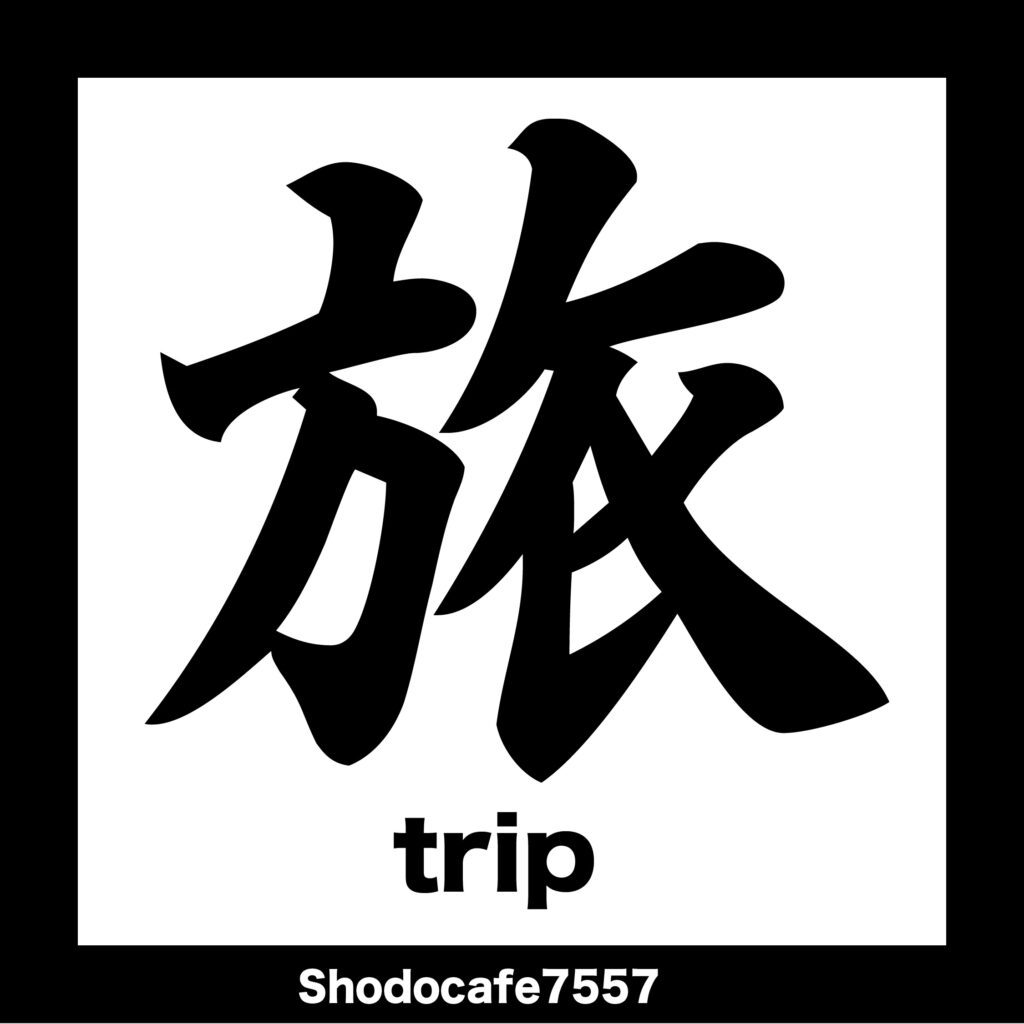
旅=Trip
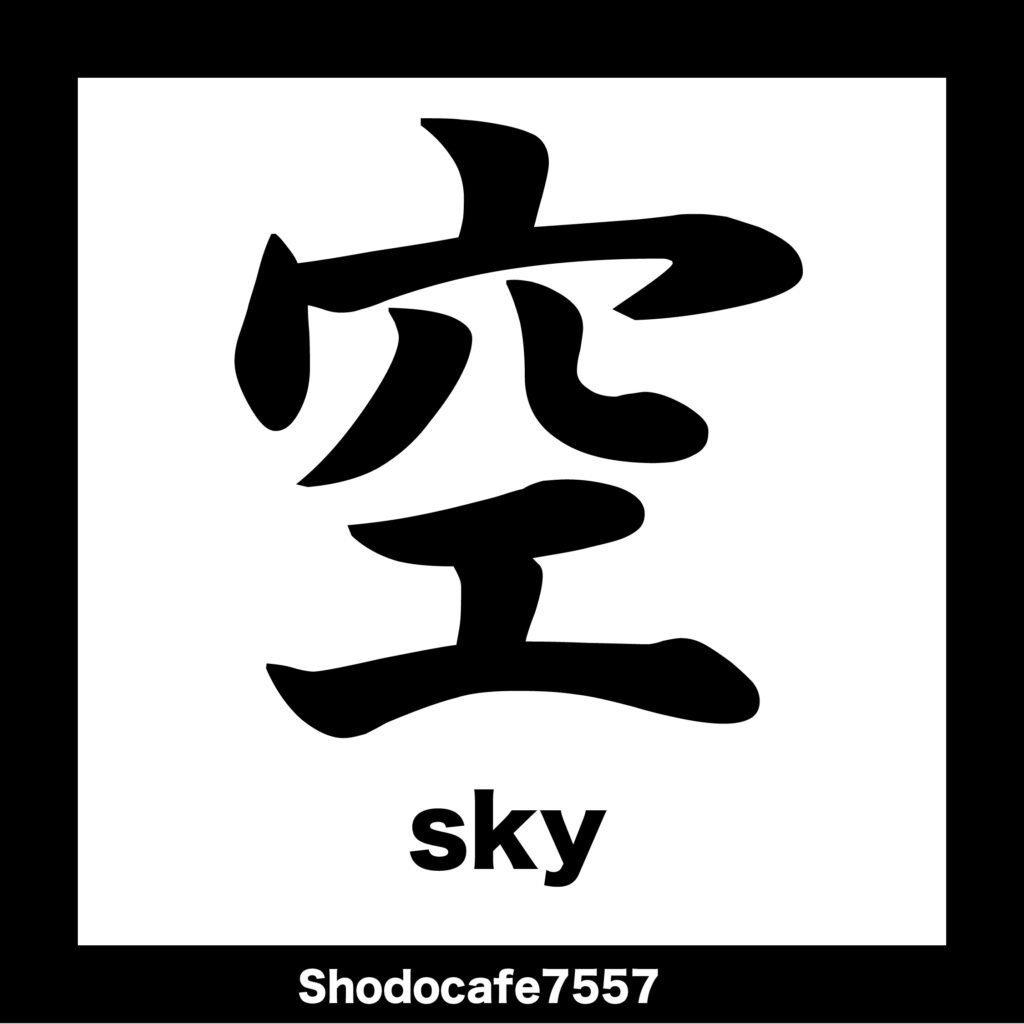
空=Sky
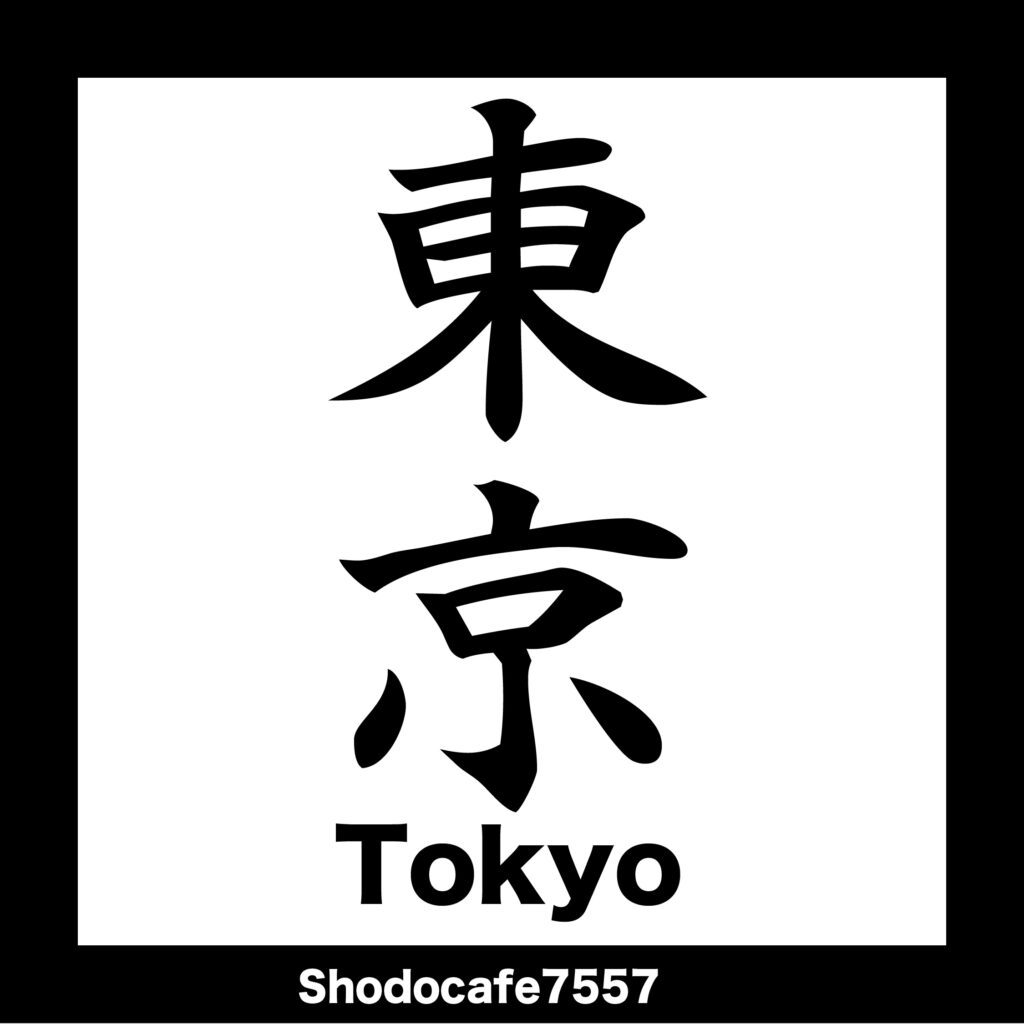
東京=Tokyo
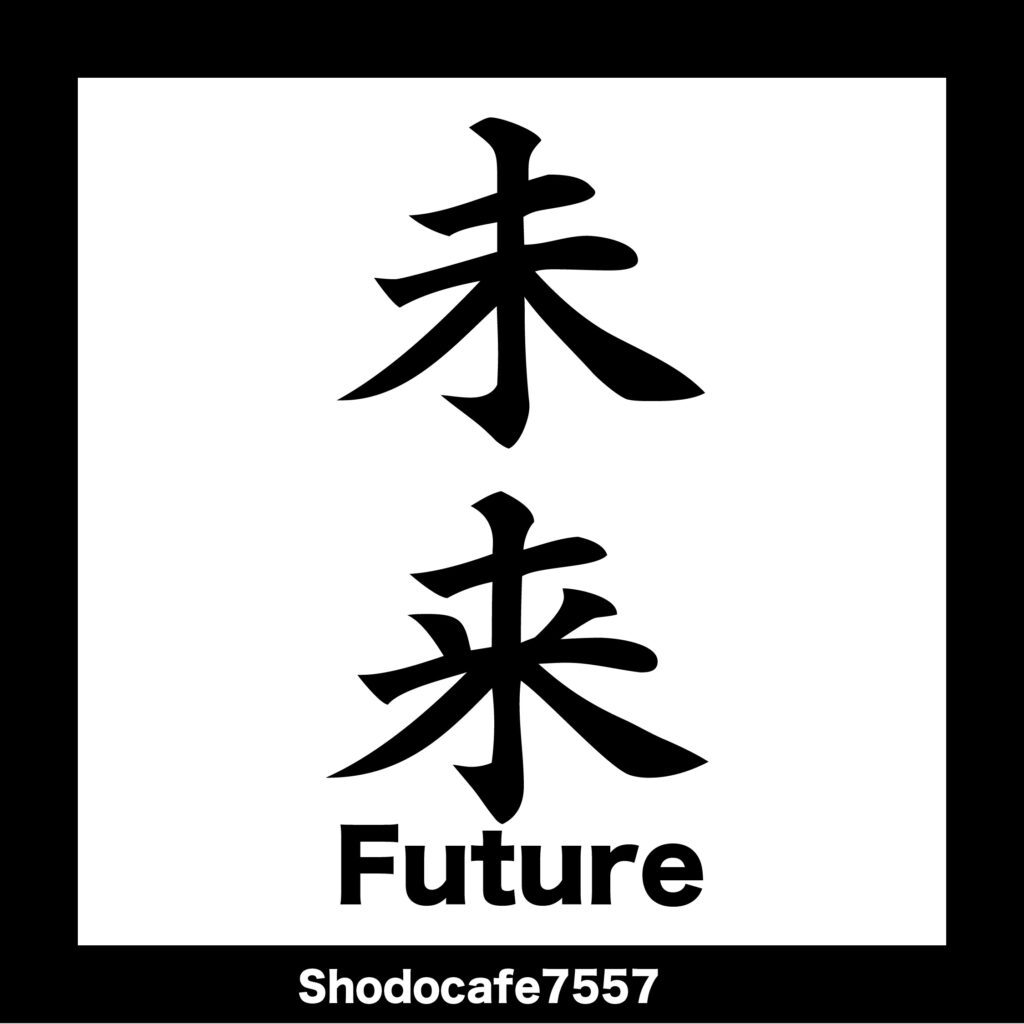
未来=Future

自由=Freedom

力=Strength

冬=Winter

雲=Cloud

火=Fire

川=River

山=Mountain

福=Fortune

勝=Victory

魂=Spirit

竹=Bamboo
参照:文化庁『常用漢字表』
Would you like to see your name written in auspicious kanji?
At Shodocafe7557 in Roppongi, our calligraphy artist will translate your name into kanji on the spot. This one-of-a-kind artwork is a hugely popular, uniquely Tokyo souvenir!
How Kanji Characters Are Formed: The Six Principles
Kanji originated over 3,000 years ago and are traditionally classified into six formation principles known as rikusho. Pictographs copy the shapes of natural objects (e.g., “川” river), while indicatives turn abstract ideas into symbols (“上” up). Compound-ideographs combine two meaning parts, as in “休” (person + tree) or “明” (sun + moon). Phono-semantic compounds—by far the largest class—pair a meaning radical with a phonetic element, such as “海” (water + mei). Derivative characters modify an existing graph from the same root, and phonetic loans borrow a character for its sound regardless of its original meaning. Understanding these origins helps you see each stroke not as a mystery but as a logical picture of sound and sense—insight that deepens both appreciation and brush technique.
Japanese Kanji Meanings & Stroke Count
Q&A
- What is the most popular Japanese kanji meaning among travelers?
-
By far, the character 愛 (Love) tops our request list. Love is easy to recognize,
looks beautiful in brush style, and carries universal emotional weight. Almost every guest who
picks this symbol also asks for the stroke-order GIF so they can practise writing the thirteen
strokes correctly at home. If you want a timeless Japanese kanji meaning for a tattoo or
souvenir, 愛 is a safe choice.
- How do I count kanji strokes accurately?
-
Traditional stroke counting follows the kakusu rules codified in Japanese calligraphy.
Dots, hooks, and sweeping tails each count as individual strokes. Our gallery lists the official
stroke count under every image and links to a GIF animation. Watching the GIF in slow motion
helps you memorise flow and rhythm—a crucial step for mastering any Japanese kanji meaning.
- Where can I practise calligraphy in Tokyo?
-
Shodocafe7557 in Roppongi offers daily 60-minute workshops with English guidance. You’ll not
only paint your chosen character but also learn its cultural background, pronunciation, and
stroke count. Bookings are open here. If you’re outside Tokyo,
download our practice sheets and follow along online. Either way, understanding the cultural
story behind a Japanese kanji meaning makes your writing more mindful and authentic.
Kanji connect cultures one stroke at a time. Whether you choose 愛 for love, 龍 for power, or 夢 for aspiration, tracing each line links you to three millennia of East-Asian history and aesthetics.